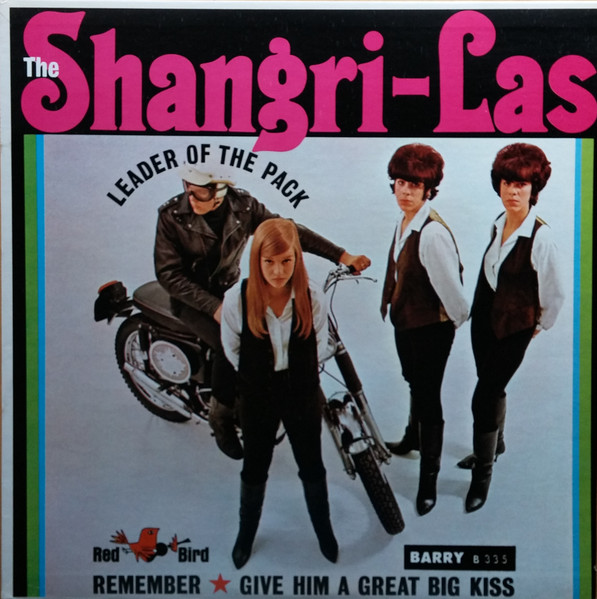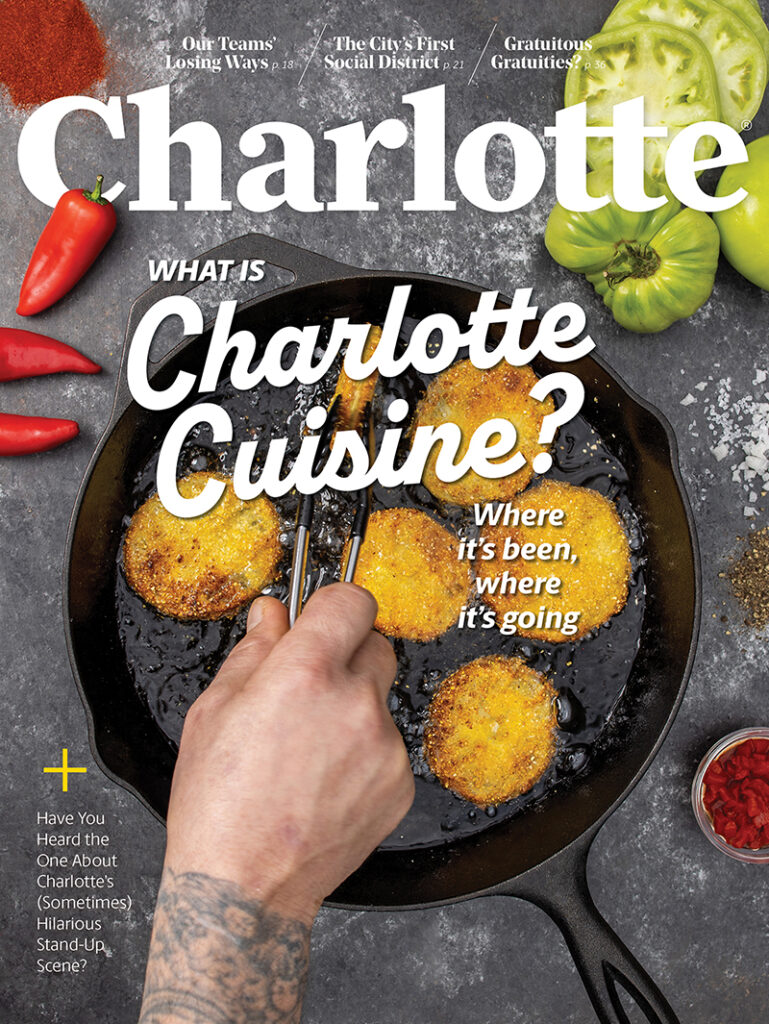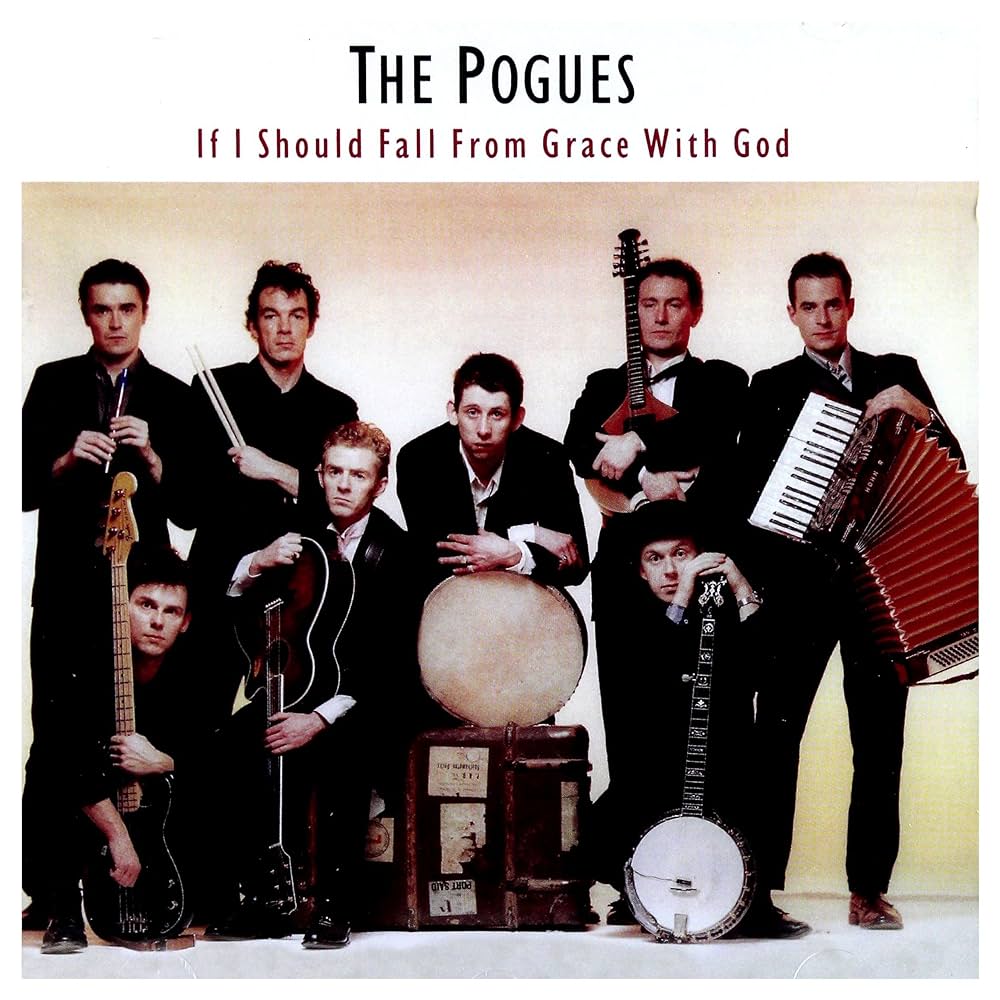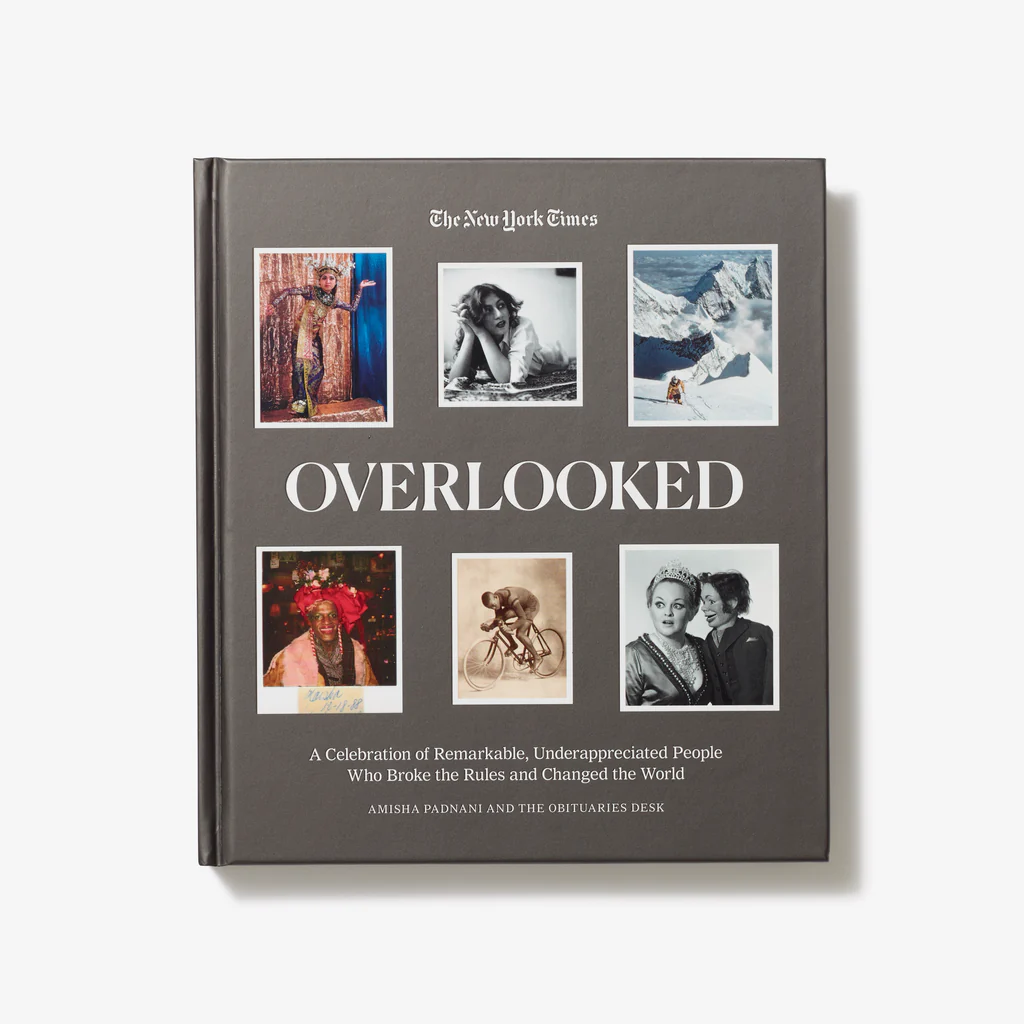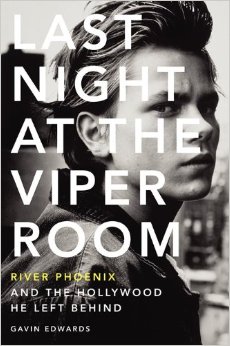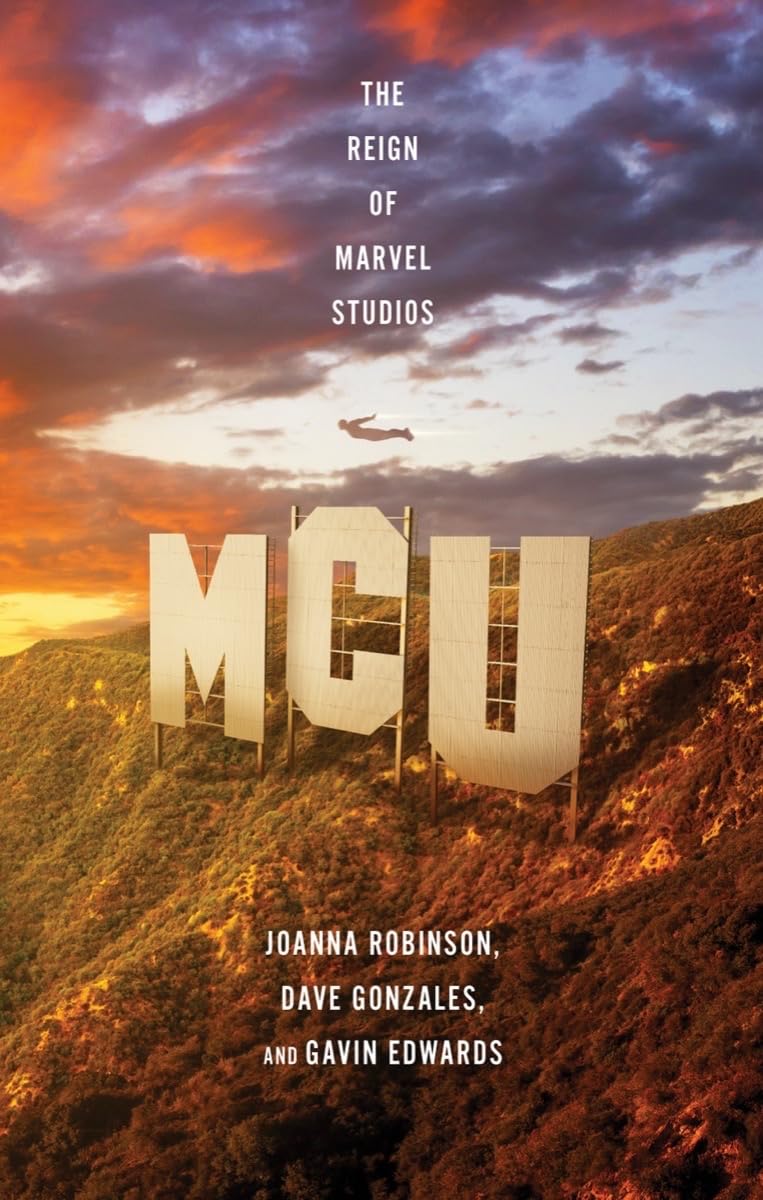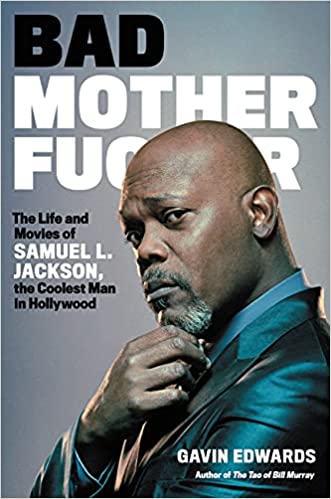I went to see Bob Dylan play last week, at the Belk Theater in Charlotte, North Carolina. I have, at various points in my life, been an avid Dylan fan, but the two times I saw him in concert (once in 1986 at Madison Square Garden with Tom Petty and the Heartbreakers, once in 2009 at the Hollywood Palladium), he gave indifferent shows, and so I had given up on him as a live performer, despite his perpetual touring in recent decades.
However, my friend Jeff, who has seen the great man dozens of times, convinced me that although he was erratic live, he was often excellent, and that given strong recent reports it was worth taking the chance. I’m glad I did: the show was extraordinary and I thought some of you might be interested on what a Dylan show is like in 2024.
1. Dylan’s voice, never a sterling instrument, left him long ago, of course, and many years back, he abandoned the original melodies of most of his greatest songs. When his (solid, sympathetic) band started playing a new song, no matter what the chord progression was, any composition seemed like a possibility until he started singing, from “Danny Boy” to “Crazy in Love” to “Spanish Is the Loving Tongue.” Accepting this situation is the price of admission.
If you can roll with that, Dylan has a remarkable vocal presence: it’s not the voice of doom as the world ends that some older musicians get (Leonard Cohen, John Lee Hooker). It’s more like the trickster trying to tell you the truth through cracked lips. He’s not King Lear on the heath, he’s Lear’s fool.
2. Apparently, Bob is suffering from a serious case of vertigo and can no longer remain upright for the duration of a concert. He now plays piano for the entire show: when the curtain comes up, he’s already seated. (He sometimes stands up to deliver vocals, but he can lean on the piano when he needs to.) Assuming the reports of vertigo are true, I’m sure that is unpleasant for him and he has my full sympathies, but it turns out to be a blessing musically: he is a good and interesting honky-tonk piano player and being on a new instrument forces him to engage with the songs with vigor and focus.
3. The setlist, which doesn’t change much from night to night on this tour, is largely drawn from Dylan’s 2020 album Rough and Rowdy Ways. But approximately every third song was an oldie, and it was a fascinating selection of songs from his back pages, familiar to fans, but not his best-known, well-worn hits: “Most Likely You’ll Go Your Way and I’ll Go Mine,” “When I Paint My Masterpiece,” “I’ll Be Your Baby Tonight,” “Gotta Serve Somebody.”
4. Late in the show, he did a cover of Johnny Cash’s “Big River,” and then spoke for the first time all night, interacting with the audience as if he had been chatting with them all night long. He was introducing an Irish folk song called “The Roving Blade” that he had done only three times before, according to the Bobologists out there. (Oh, I should have mentioned that it was St. Patrick’s Day and he was wearing a bright green shirt.) It was both pretty great and a reminder that there’s a lot of music history in that man.
5. Last song of the night, no encore: “Every Grain of Sand.” The arrangement was gorgeous and Bob rendered something close to the original melody—it was a beautiful end to the night. If the rumors are true and Dylan is thinking about coming off the road sometime soon, the song, amazed at the countless wonders of the universe and the numinous ambiguity of a higher power, is an entirely fitting capstone to his career.
posted 29 March 2024 in News, Reviews. no comments yet



